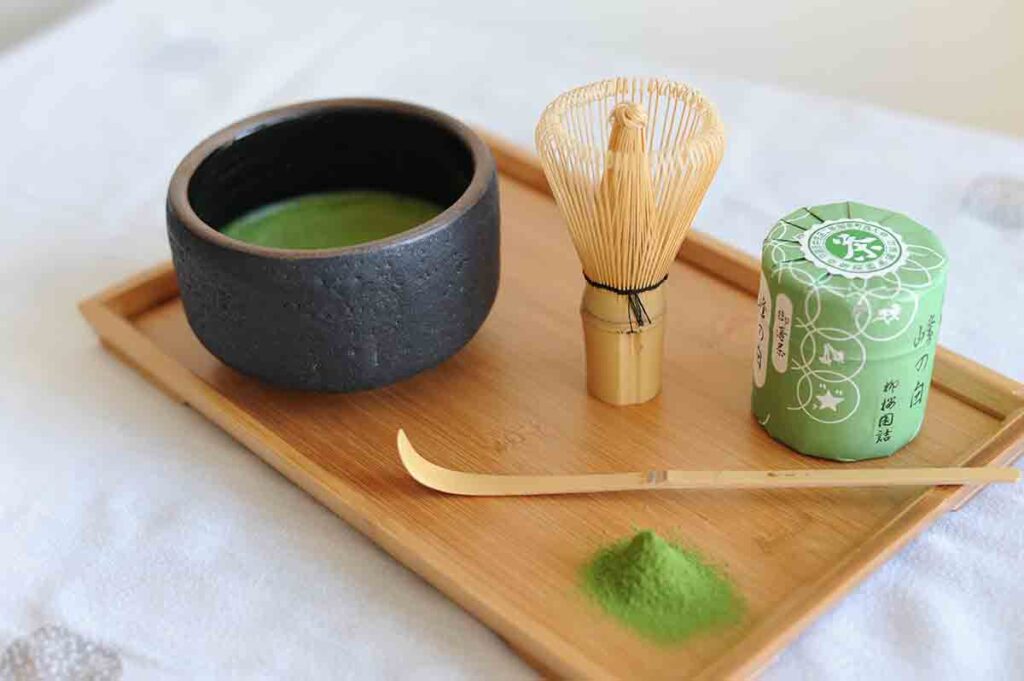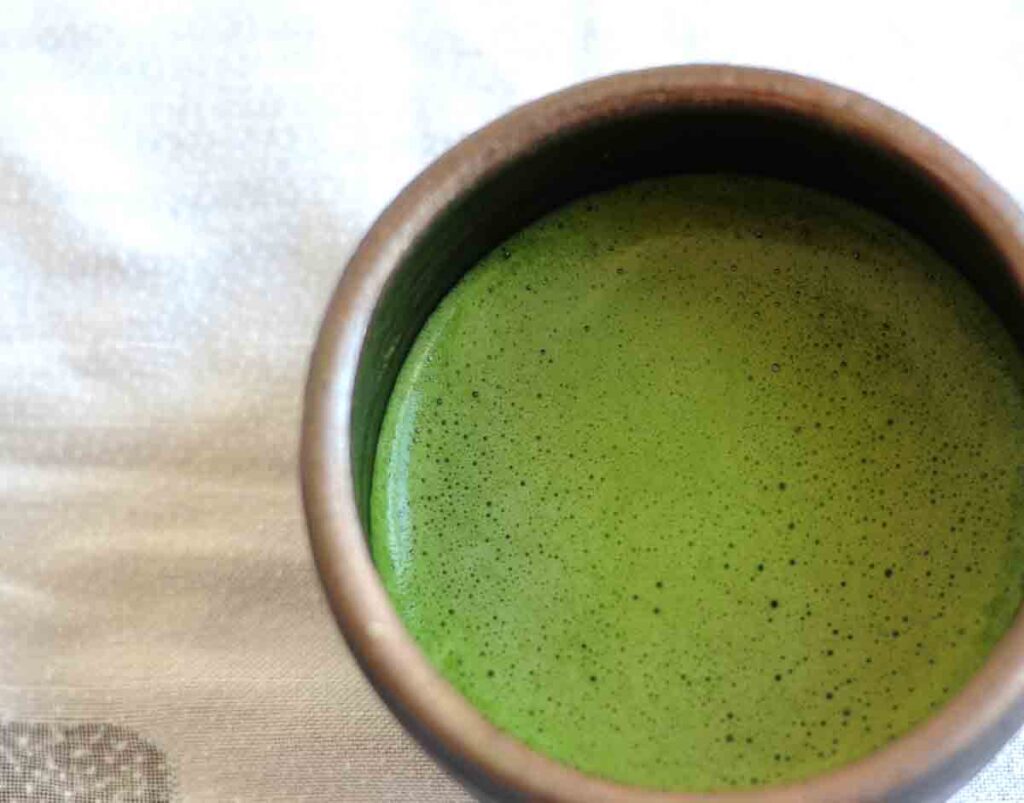What is green tea?
Green tea
Green tea, which originated in China, was the first tea to be produced and is still the most popular in Asia. The young leaves of the tea plant are picked and allowed to rest, after which they are heated with steam or roasted to kill the natural enzymes that cause oxidation in the leaves. After the leaves have been steamed or roasted, they are shaped into many different varieties.
There are countless varieties of green tea, each with its own shape, appearance, and flavor profile. Green tea is generally grassy with a vegetable taste but can also have floral, roasted, buttery, umami, and nutty notes.
In short, green tea consists of leaves from the Camellia sinensis plant that have undergone withering, de-enzyming, and drying. The goal is to preserve the natural polyphenols in the leaves by avoiding exposure to oxygen.
Green tea can be divided into two production methods: the traditional and the commercial.
The Traditional Method
The traditional method is easily recognizable as the tea plants are often grown from seeds. They do not always grow in neat, uniform rows, and no pesticides or chemical fertilizers are used. Generally, great care is taken during picking and processing. These teas are hand-picked and processed in smaller quantities, often without the aid of machines. The withering process is done outdoors or under roofing sheets. Roasting is done by hand in a wok over an open fire, and rolling is performed by hand on bamboo mats. The final drying phase usually occurs in a bamboo basket over coke or an open fire. This method is preferred for quality and flavor.
The Commercial Method
Commercial tea bushes are grown from cuttings and planted in neat rows that are trimmed to the same height, making it easier to harvest with machines. Chemicals are often used to promote growth and prevent insects. Harvesting is mechanical with hedge trimmers, making it difficult to differentiate between buds and leaves. Insects, eggs, or bird droppings may be part of the final product. The tea receives less care and attention during processing, as it is produced in large quantities and the harvest relies on machine assistance.
Withering occurs indoors in metal troughs with forced air, and the enzymes are deactivated in heated tumblers. All rolling is done by machines, and the tea is then dried in industrial ovens.
Common to both methods is that the leaves must return to the factory as quickly as possible after being picked.
When the leaves are picked from the bush, a chemical change occurs; the cell walls of the leaves break down and react with oxygen. This process is called polyphenol oxidase and changes the color of the tea leaves. The best and finest teas are those that are dried and processed on-site immediately after picking to preserve the green color, delicate flavor, and intact polyphenols in the leaves, allowing them to fully unfold when the tea is brewed.
As soon as the picked leaves arrive at the factory, the tea workers are ready to immediately start handling the leaves. First, they either go into a large cylindrical machine that lightly heats the leaves until they become soft and pliable, killing the bacteria and stopping the enzymatic activity in the leaves. Or they go into a large wok, where they are roasted while the tea master moves their hand around among the leaves in the wok, ensuring that the temperature is always just right. To stop the enzymatic activity and thus the oxidation process in the leaves, the process of making green tea can involve many different hand movements.
White tea is a very mild and approachable tea. It has a lovely refreshing aroma with a velvety and slightly floral and fruity flavor.
It is a good tea to drink in connection with or immediately after a meal, and it is also said to be good for the stomach. It contains almost no tannins (the compounds that give tea its slightly sharp and bitter taste), and no matter how long it steeps, it does not become bitter in flavor.
In China, white tea is used to lower body temperature, counteract fluid retention, and stimulate the digestive system. The leaves are known for their antibacterial and anti-inflammatory effects on the body, which is why they are often used in skincare products and facial creams.
White tea is not heat-treated, so all the vitamins are preserved in the buds. Fresh white tea has about three times as many antioxidants as most green teas. White tea is rich in antioxidants, has a very invigorating effect, and provides what is known as alert relaxation, which is due to the amino acid L-theanine.
Simply Tea can offer the perfect introduction to a world of delicate white teas, including Bai Hou Yin Zhen “Silver Needle” and Bai Mu Dan Superior “White Peony.”




